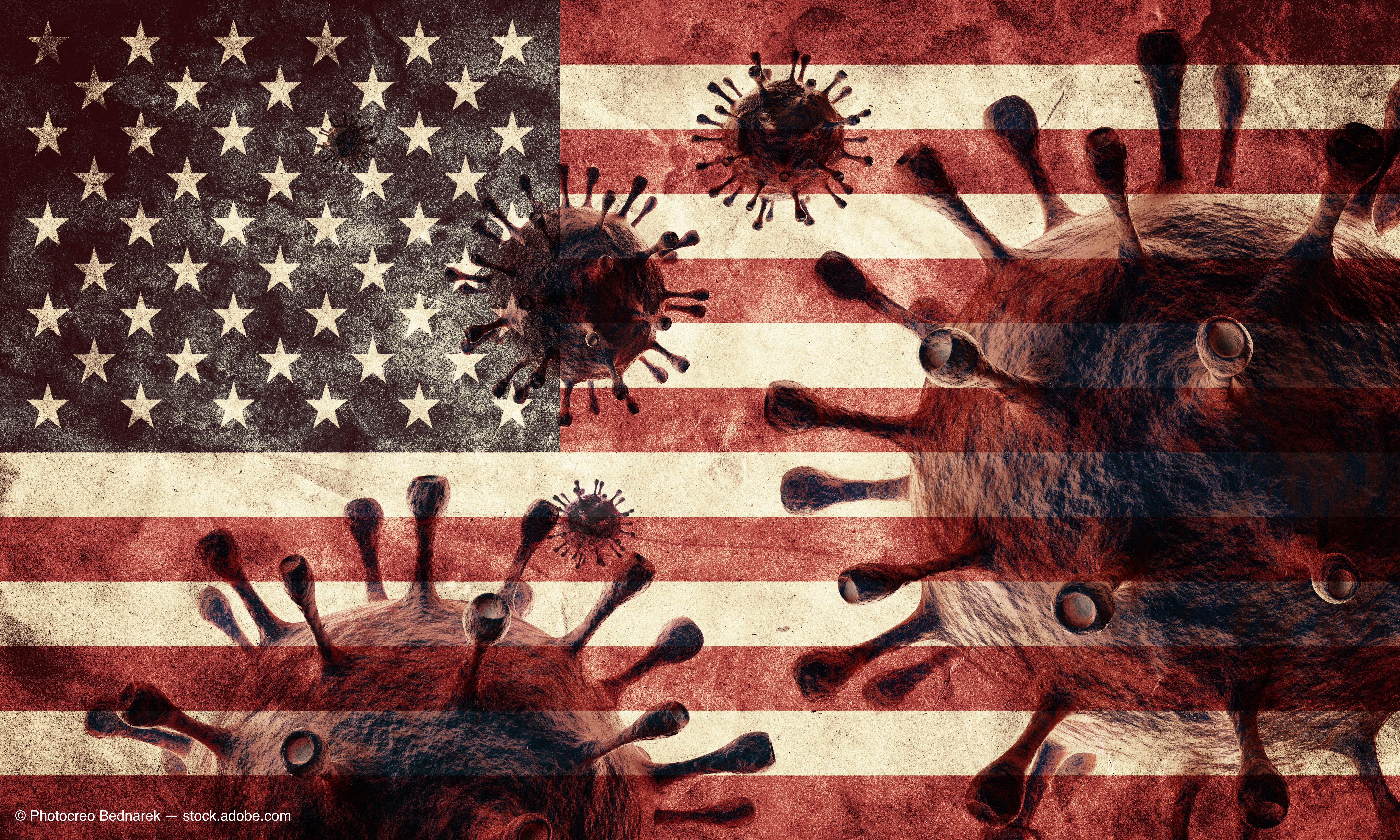Echoes of history: COVID-19 pandemic stirs memories, tests our mettle

A loyal Ophthalmology Times® reader shared with me a recent illuminating editorial on the history of physicians’ responses to plagues and the duties of us doctors in the current coronavirus epidemic.
The author, a cardiologist, notes that multiple medical societies assert that physicians have no right to deny care to patients in order to protect themselves or their family members:
The AMA, in 1847, issued a Code of Medical Ethics stating that “When pestilence prevails” its members have a duty “to face the danger, and to continue their labors for the alleviation of suffering, even at the jeopardy of their own lives.” This remains the AMA’s stand today.
The American College of Physicians asserts that “the ethical imperative for physicians to provide care” overrides “the risk to the treating physician, even during epidemics.”
In a fascinating bit of history, the author then describes cases when physicians fell far short of idealistic standard:
When the Antonine Plague struck Europe from 165 to 180 A.D., about one-third of the population died and many of the Roman legions that ensured peace and stability were rendered inoperative. Terror-stricken physicians, including the famous Galen, fled cities such as Rome for the safer countryside.
In 1382, Venice, Italy passed a law forbidding doctors from leaving the city.
In 1793, many distinguished Philadelphia physicians fled the city in the face of a yellow fever epidemic.
Closer to our own time, he describes “health workers” abandoning patients during an Ebola epidemic in the Democratic Republic of Congo in 1995, and points out that a SARS outbreak in Toronto in 2003 saw “many health care workers refusing to show up at their jobs.” So much for policy statements by medical associations!
When I think about this issue, I recall my father’s experience. Medical schools in the United States were shortened to three years during World War II in order to speed the arrival of doctors to war zones where they were desperately needed to care for soldiers and injured civilians.
After a quick one-year fellowship in surgery, my father was sent to California and placed on a hospital ship where he would perform trauma surgery on the U.S. soldiers who would be invading the Japanese home islands.
His older brother, an orthopedic surgeon, was already in the Philippines. Because of the fierce defense that was anticipated, the expectation was for 250,000 U.S. casualties in this phase of the war.
Because the hospital ships would need to be fairly close to the action, they would be attacked by Japanese Naval vessels and aircraft.
My father and his family thought there was a reasonable chance he would not survive, and the nurse who he had asked to marry him declined because she did not want to marry a military doctor a week before he shipped off to war and never see him again. “Ask me again when you come home” she told him.
He was scared, but never considered trying to avoid the assignment he had been given. He knew his skills would be needed by the young soldiers who were his countrymen.
As it turned out, my father’s ship was leaving San Francisco harbor when news was received that an atomic bomb had been dropped on Hiroshima.
By the time the ship arrived, the war had ended. He stayed in Japan for two years, running a hospital and performing surgery on both American and Japanese soldiers as well as Japanese civilians.
After his two years were over, he returned to New Jersey and civilian life, and the pretty nurse who had waited for him said “yes” this time around (fortunately, for my sisters and me).
A lengthy career as an ophthalmologist has ill-prepared me to help care for patients with respiratory disease or to have any useful knowledge of ventilators.
But if my colleagues in medicine or the emergency room think I can be helpful, I will try my best. My family history leaves me no choice.
References:
Sandeep Jauhar, M.D. In a Pandemic, Do Doctors Still Have a Duty to Treat? New York Times, April 2, 2020